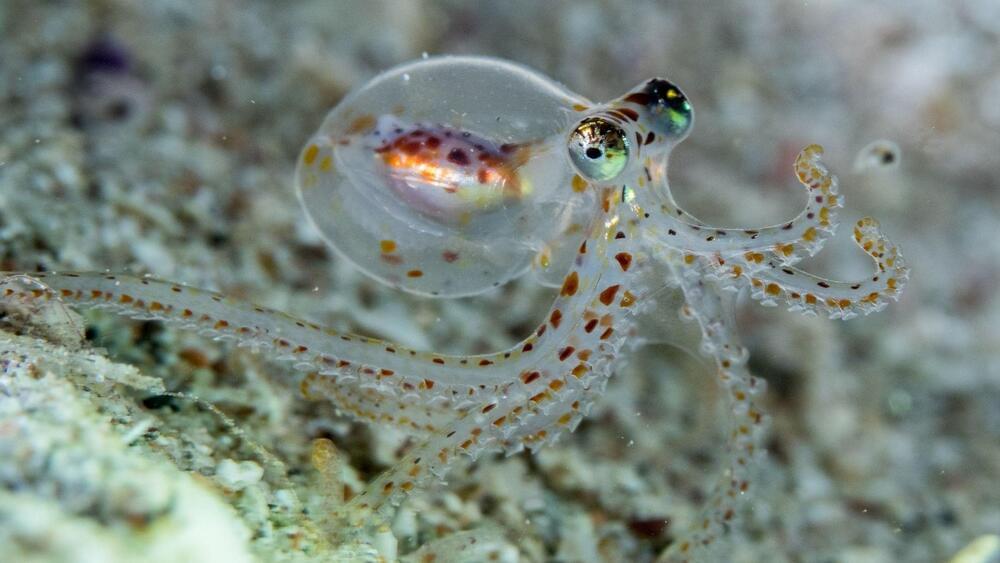Check out the on-demand sessions from the Low-Code/No-Code Summit to learn how to successfully innovate and achieve efficiency by upskilling and scaling citizen developers. Watch now.
Quantum computing could be a disruptive technology. It’s founded on exotic-sounding physics and it bears the promise of solving certain classes of problems with unprecedented speed and efficiency. The problem, however, is that to this day, there has been too much promise and not enough delivery in the field, some say. Perhaps with the exception of D-Wave.
The company that helped pioneer quantum computing over 15 years ago has clients such as BASF, Deloitte, Mastercard and GlaxoSmithKline today. Alan Baratz went from running D-Wave’s R&D to becoming its CEO, taking the company public while launching products and pursuing new research directions.






